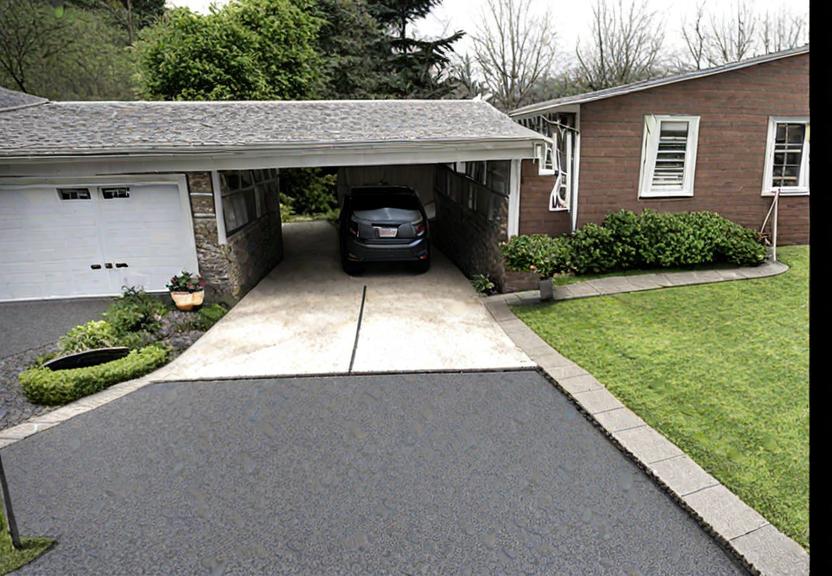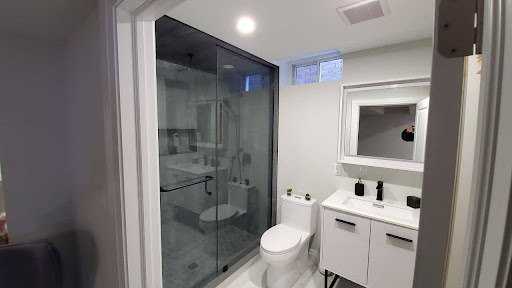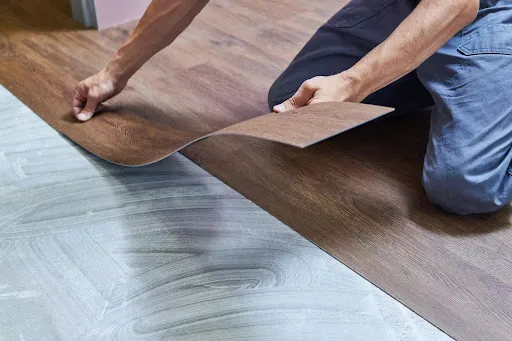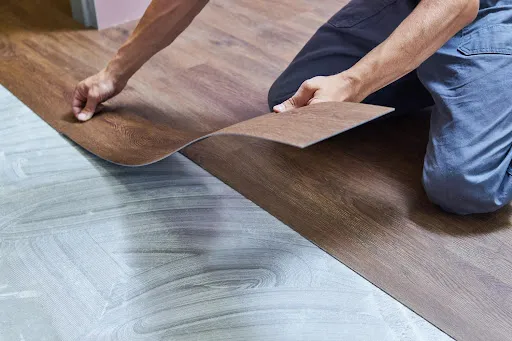Table of Contents
Introduction
Fixing up and flipping a home has become an increasingly popular investment strategy for those looking to generate income through real estate. This process involves purchasing a property, renovating it to increase its value, and then selling it for a profit. While the concept may sound simple, successfully flipping a home requires careful planning, skilled execution, and a deep understanding of both the real estate market and home design principles. In this article, we will explore the essential steps involved in fixing up and flipping a home, discuss key design considerations, and provide practical tips to help you achieve a successful home renovation and resale.
Finding the Right Property
The first step in fixing up and flipping a home is finding the right property to purchase. It’s essential to look for distressed or outdated homes in desirable neighbourhoods that have the potential for significant improvement and appreciation. Factors such as location, market demand, and the extent of renovations needed should be carefully considered to determine whether a property is a viable investment opportunity.
Creating a Comprehensive Renovation Plan
Once you have acquired a suitable property, the next step is to create a comprehensive renovation plan. This plan should outline the scope of work, establish a realistic budget, and develop a timeline for the project. Here are some key factors to consider:
- Budget: Establish a realistic budget for your renovation project, taking into account the cost of materials, labour, permits, and any unexpected expenses that may arise.
- Scope of Work: Identify the scope of work required to transform the property, focusing on improvements that will have the most significant impact on its overall value, functionality, and aesthetic appeal.
- Timeline: Develop a realistic timeline for your renovation project, considering factors such as the scope of work, availability of contractors and materials, and any seasonal constraints that may affect the project’s progress.
Key Design Considerations for Home Renovation
Fixing up and flipping a home involves making thoughtful design choices that enhance its architectural character, improve its functionality, and reflect current design trends and market demand. Some key design considerations to keep in mind include:
- Curb Appeal: Enhance the property’s curb appeal by updating its exterior facade, landscaping, and entryway. Consider adding fresh paint, new siding, modern lighting fixtures, and a welcoming front door to create a lasting first impression.
- Interior Layout and Flow: Improve the interior layout and flow of the home by reconfiguring spaces, removing walls, and creating open-concept living areas that enhance natural light and promote connectivity between rooms.
- Energy Efficiency: Upgrade the home’s insulation, windows, doors, and HVAC systems to improve energy efficiency, reduce utility bills, and create a more comfortable and sustainable living environment.
Practical Tips for Home Renovation and Resale
Fixing up and flipping a home is a complex and multi-faceted process that requires careful planning, attention to detail, and skilled execution. Here are some practical tips to help you successfully renovate and flip a property:
- Focus on Structural Repairs: Prioritise structural repairs and foundational improvements to ensure the long-term stability, safety, and durability of the home.
- Invest in Quality Materials: Invest in high-quality materials and finishes that are durable, low-maintenance, and aesthetically pleasing to create a timeless and functional living space.
- Consider Garage Door Replacement: When it comes to home design and renovation, don’t overlook the importance of updating the garage doors to enhance the property’s curb appeal, security, and overall aesthetic.
For investors looking to enhance a property’s exterior while maintaining functionality and security, sectional garage doors with sleek and modern design features are an excellent choice. These garage doors offer a clean and contemporary look that complements a variety of architectural styles while providing secure and convenient access to the garage. With their smooth operation and excellent insulation properties, sectional garage doors help maintain a comfortable and energy-efficient environment inside the home, enhancing the overall appeal and market value of the property.
Conclusion
Fixing up and flipping a home is a challenging yet rewarding investment opportunity that can yield significant returns when done correctly. By following the steps outlined in this comprehensive guide and paying attention to key design considerations and practical tips, you can successfully renovate and flip a property for profit.
By incorporating high-quality materials, thoughtful design choices, and updated features such as sectional garage doors, you can enhance the property’s curb appeal, functionality, and overall market value, making it more attractive to potential buyers and maximising your investment returns.





